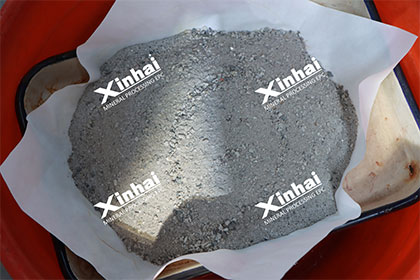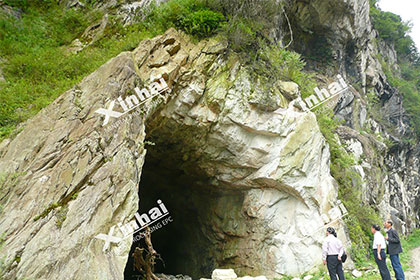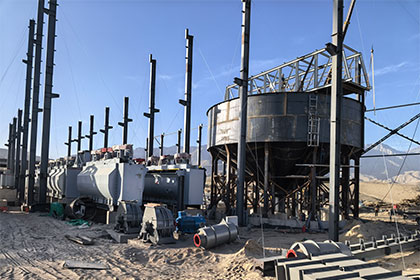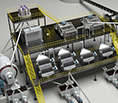How Is Antimony Mined and Processed?
 Sheena
Sheena
 May 15, 2025
May 15, 2025
 2478
2478
If you want to know more details about equipment, solutions, etc, please click the button below for free consultation, or leave your requirements!
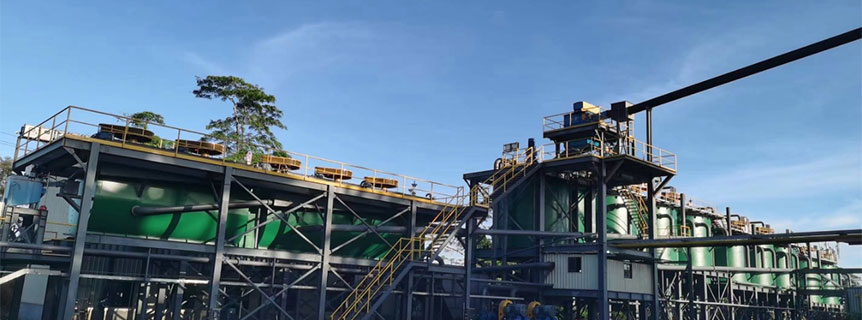
Antimony-processing-plant
Understanding how antimony is mined and processed is crucial for investors, manufacturers, and stakeholders in the global mining industry. This guide provides a detailed overview of antimony’s extraction—from geological occurrence and mining techniques to refining and end-use applications.
01What Is Antimony?
BackAntimony (Sb) is a silvery-gray, brittle metalloid most commonly found in nature as stibnite (Sb₂S₃), a sulfide mineral. While it occurs in more than 100 different minerals, stibnite is the primary source used for commercial production.
02Antimony Mining: Methods and Sources
Back1. Geological Occurrence
Antimony is typically found in hydrothermal veins, often associated with minerals like gold, silver, and arsenic.
2. Types of Antimony Ore
The two main categories of antimony ore are:
Sulfide ores (mainly stibnite): Easier to process and more common.
Oxide ores: Typically more complex and require different extraction techniques.
3. Mining Methods
a. Underground Mining
The most common method for antimony extraction is underground mining, especially when the ore body lies deep beneath the surface. Tunneling techniques include room-and-pillar and cut-and-fill mining.
b. Open-Pit Mining
For near-surface deposits, open-pit mining is used. This method is more economical for large-scale operations but can have greater environmental impacts if not managed carefully.
c. Small-Scale and Artisanal Mining
In regions like Myanmar and parts of Africa, artisanal and small-scale mining (ASM) plays a key role in antimony production. However, these operations often face challenges related to safety, environmental management, and regulatory compliance.
03Antimony Processing: From Ore to Metal
BackOnce extracted, antimony ore undergoes several steps to separate the metal and produce usable products.
1. Crushing and Grinding
After mining, the ore is crushed and ground into a fine powder to liberate antimony minerals from surrounding gangue materials. This is a preparatory step before beneficiation.
2. Beneficiation and Concentration
a. Gravity Separation
Stibnite has a relatively high specific gravity, allowing gravity separation techniques—such as jigs, shaking tables, and spiral concentrators—to be effective in concentrating the ore.
b. Flotation
Froth flotation is widely used, especially when gravity methods are insufficient. Reagents are added to make the antimony particles hydrophobic, allowing them to attach to air bubbles and float to the surface for collection.
c. Magnetic or Electrostatic Separation
In some cases, additional separation technologies may be used, particularly when dealing with complex or mixed ores.
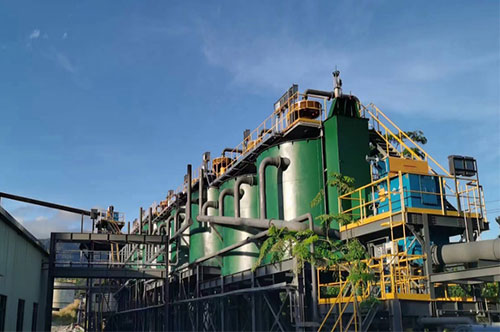
04Metallurgical Processing of Antimony
BackOnce the concentrate is produced, the next step is refining the antimony to a saleable form. Two main methods are used:
1. Pyrometallurgy (Smelting)
a. Roasting
Concentrated antimony sulfide is first roasted in air to convert it into antimony oxide (Sb₂O₃), releasing sulfur dioxide (SO₂) gas
Roasting temperatures are typically in the range of 500–600°C.
b. Reduction
The antimony oxide is then reduced using carbon (usually coke) to produce metallic antimony
The molten antimony is poured into molds or cast into ingots.
2. Hydrometallurgy (Leaching)
For oxide ores and some low-grade deposits, hydrometallurgical methods like alkaline or acidic leaching are used. These involve dissolving the ore in chemical solutions and recovering the antimony through electrowinning or precipitation.
Although more environmentally friendly, hydrometallurgical techniques are still under development for large-scale commercial application.
05Future Outlook: Supply Chain and Investment Potential
BackWith growing demand and concerns about supply concentration—over 70% of global antimony comes from China—there is increased interest in developing antimony projects in North America, Australia, and Europe.
Recycling and reprocessing of mine tailings also offer viable alternatives to traditional mining, especially in countries aiming to secure critical mineral supply chains. Welcome to contact for more.
 +86 183 3575 8886
+86 183 3575 8886 pinklaurabao@gmail.com
pinklaurabao@gmail.com



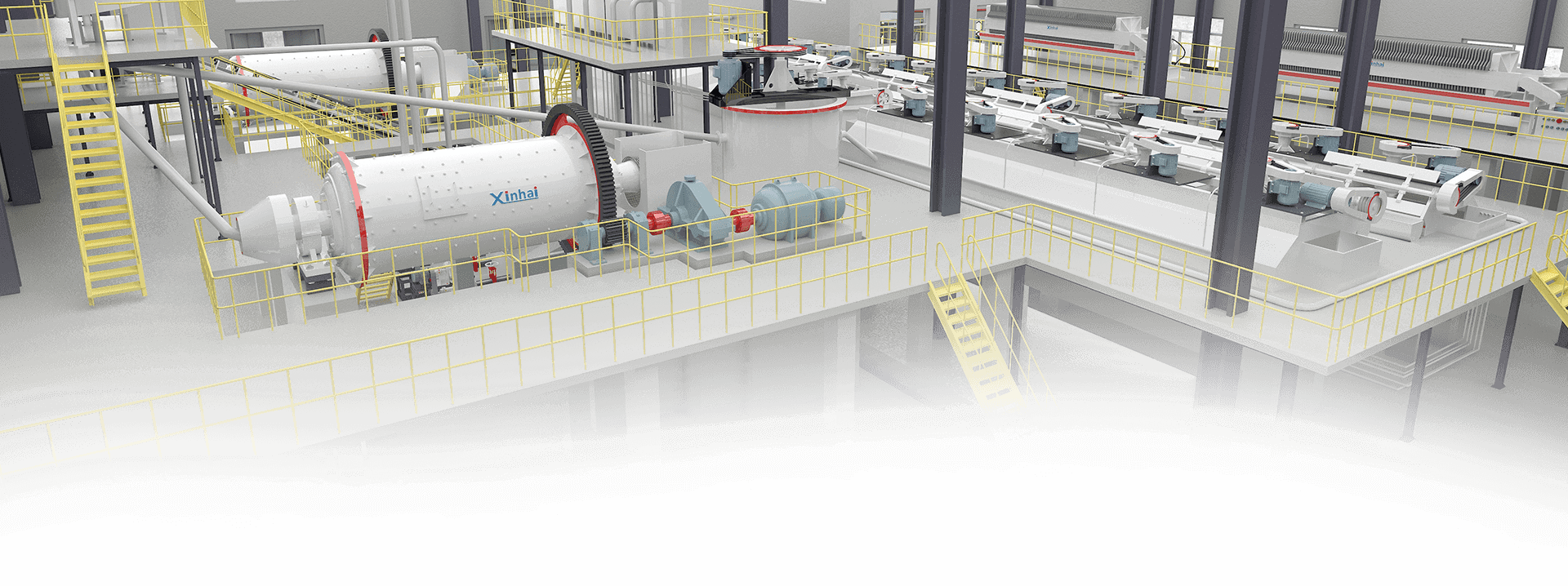
 Message
Message Chat Now
Chat Now


